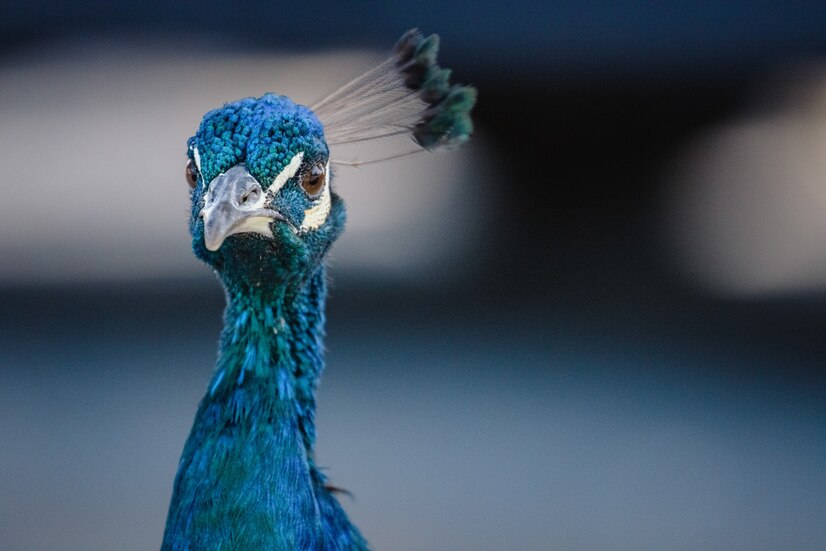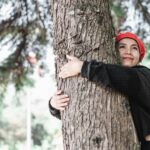Key Takeaways:
- Discovering the foundational gear for the aspiring wildlife photographer.
- Skilling up for fieldwork with an emphasis on patience and composition.
- Adhering to ethical practices to minimize disturbance to natural habitats.
- Immersing yourself in the practical side of wildlife photography with actionable tips.
- Navigating post-production to unveil the true essence of your captures.
- Understanding the role of photography in storytelling and conservation.
- Looking towards the evolving future of wildlife photography technology and trends.
Camera Ready: Essential Gear for Wildlife Photography
Behind every compelling wildlife photograph is a suite of carefully selected equipment. The quest for the perfect shot begins with choosing a camera body that ensures high performance under the variables of outdoor photography: fast autofocus, high frame rate, and impeccable image quality are non-negotiable. A complementary lens capable of capturing the crisp detail of distant fauna, often a telephoto with a long focal length and fast aperture, makes the difference between a snapshot and a stunning image.
On a voyage deep into nature’s preserves – perhaps on an adventure akin to a luxury safari’s Tanzania vacation – the photographer’s toolkit expands to include environmental protectants, spare batteries, and memory cards to withstand long periods in remote locales. Every gear must earn its place, fulfilling essential roles from stabilization to storage, ensuring the photographer’s readiness for those serendipitous wildlife encounters.
Patience in the Wild: Skills That Make Great Nature Shots
Patience is the wildlife photographer’s most faithful companion; the quiet anticipation of nature’s untamed moments sets apart the casual from the accomplished. This skill, honed over countless hours of observance, reflects the ability to wait and the critical timing that captures behavior, mood, and atmosphere within a single frame. Understanding light’s interplay with the landscape and the subject is fundamental to composing shots that tell a richer story – one of time and place seamlessly intertwined.
The Ethical Lens: Respecting Wildlife During Photography
Wildlife photography transcends artistry; it bears a responsibility toward the unspoken trust between humans and animals. Ethical wildlife photography mandates that we trade proximity for telephoto lenses and interruptive actions for sensitive observation. Respecting animal habitats by avoiding interference ensures biodiversity conservation while still capturing the essence of our wild counterparts.
In the Field: Practical Tips for Aspiring Wildlife Photographers
The field is the wildlife photographer’s classroom, as much a place of learning as it is of execution. Practical knowledge often leads to predicting behavior and, as a result, anticipating photographic opportunities. Adopting camouflage and blending into the environment may increase the chance of witnessing natural occurrences, allowing for candid animal portraits. Such fieldcraft, coupled with an understanding of the daily routines of wildlife, often gained through local expertise or dedicated study, elevates photography from mere snapshots to compelling narratives of the natural world.
Post-Production: How to Bring Out The Best in Your Wildlife Photographs
Once the shutter is clicked, the story of the wildlife photograph is only half-told. Post-production is where this visual raw material is refined to convey the photographer’s observed reality. Subtle enhancements in color, sharpness, and clarity can bring forward the subject, imbuing the image with life-like texture and vibrancy. Ethically sound editing accentuates the truthful representation of the moment captured rather than altering the narrative. It is in programs like Adobe Lightroom, accessible to beginners yet favored by professionals, where these decisions take form – a convergence of technology and creativity.
Showcasing Your Work: Platforms and Practices for Nature Photographers
To share the wonders witnessed in silence and patience with an audience is one of the wildlife photographer’s greatest joys. The digital landscape abounds with venues to present one’s work, from the personal, narratively rich blogging platform to the instant connectivity of social media. Building an online portfolio serves to display character and craft and connect with individuals and organizations sharing a passion for wildlife and conservation. Networking within these networks may lead to cooperation, growth, and unexpected chances to advance the cause of environmental stewardship via the lens of a camera.
The Power of Storytelling Through Wildlife Imagery
Every wildlife image is a frame of a larger story, the silent communication of an ecosystem’s dynamics and nuances. The narratives constructed through a series of photographs can inspire awe, foster understanding, and spur action toward conservation. The documentary power of wildlife photography has been instrumental in sharing tales of endangered species and habitats, often impacting public sentiment and policy. Notable platforms amplify these visually told stories, creating a global awareness of the delicate balance that wildlife maintains within the natural world.
The Future of Wildlife Photography: Trends and Technologies
Technological innovations promise a future of wildlife photography that is richer and even more accessible. High-resolution camera traps and silent drones are shrinking the world, bringing images from hitherto unreachable corners. However, the ethical compass must guide the practice with each technological leap. Awareness and adherence to regulations when using these advanced tools are essential, as they ensure that the pursuit of photography does not disrupt the very subjects it aims to celebrate. As we stride into this future, the harmonious balance between the photographer’s vision and technology’s capability will dictate the new horizons of wildlife imagery.
For more on this topic, feel free to visit the rest of our blog!







